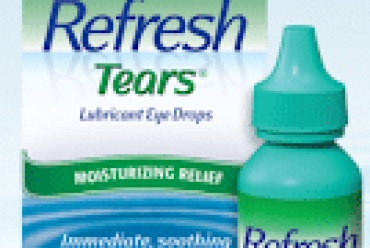Dry Eye
Dry Eye Disease is a chronic condition, which has no cure and is exacerbated by a number of lifestyle factors. The risk of Dry Eye increases with age. Other risk factors include patients who have undergone refractive surgery, have severe allergies, are on certain medications, or are contact lens wearers. Those with rheumatoid arthritis and many other diseases are also at increased risk. Approximately 6 million women and 3 million men have moderate to severe symptoms of Dry Eye in America. Women who are pregnant, on certain types of birth control, taking hormone replacement therapy, or experiencing menopause also have increased rates of Dry Eye.
If you have dry eye, you may experience some of the following symptoms:
- Feeling a burning or stinging in your eyes
- Feeling like there are particles in your eyes
- A gritty, sandy feeling in your eyes
- Itchiness
- An intermittent bout of blurry vision that is helped by excessive blinking
In order to replace the missing moisture in your eyes, you can use over-the-counter tear replacements called “artificial tears.” Artificial tears come in different brands with different ingredients. Typically drops that come in bottles contain preservatives, which can be harsh on the front surface of the eye. As a result, preservative-free artificial tears (also over-the-counter) are a great way to get good lubrication without the threat of corneal damage. For patients that prefer using a bottle, the Refresh and Optive brands use the most forgiving preservatives.
Other treatment options include the use of a humidifier to help keep natural moisture in the air so your eyes will not dry out as quickly. You should make sure to avoid circulating air blowing on the face in the car, at work, or during sleep as this can exacerbate dry eye signs and symptoms. Smoking cessation has been shown to dramatically help reduce dry eye as well.
When using a computer, remember to blink often and give eyes a rest from staring at screens, tablets, and phones. We typically use the 20-20-20 rule: after staring at something for 20 minutes, give yourself a 20-second break, while looking at something 20 feet away. You can also apply a warm compress for 15 minutes per day to help promote tear flow and soothe irritated eyes. Be sure to not use harsh soaps or cleansers on or around the eye area, as these may exacerbate dryness and inflammation.




